Andrew Butterfield calls himself a scholar-dealer, and has made a practice of rediscovering major works of art. He studied with Sir John Pope-Hennessy at the Institute of Fine Arts, where he received a Ph.D. in 1992, and has held senior research positions at the Institute for Advanced Study, The Metropolitan Museum of Art, and Harvard University.
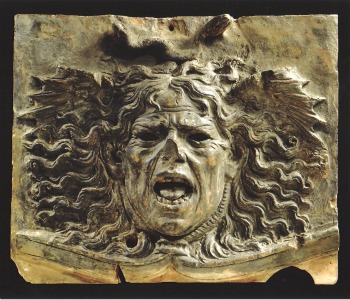 He has worked in the art market since 1996, and established his own company in 2005, in London.
He has worked in the art market since 1996, and established his own company in 2005, in London.
Now he is bringing some of his discoveries to New York. In a collaboration with Moretti Fine Art on the Upper East Side, Butterfield on Thursday will open Body and Soul, an exhibition of Italian Renaissance and Baroque sculpture that promises to be an event — though, at first, I needed convincing, more about which in a moment.
The show consist of 12 works that Butterfield says have never been on view before, including sculptures by Riccio (who recently had an exhibition at the Frick Collection), Verrocchio (Leonardo da Vinci’s teacher) and Algardi.
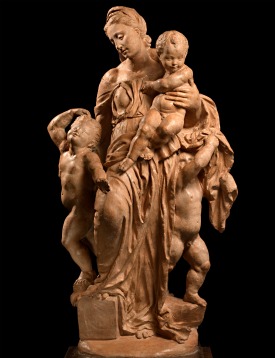 Let’s look at two: a terra cotta Medusa from 1480 by Andrea del Verrocchio that, judging by its picture (above right), is a knockout. So is Charity, another terra cotta (left), this time dating to 1510 and made by Jacopo Sansovino. Butterfield calls him, after Michelangelo, “the leading sculptor of the sixteenth century” and says “No work by the artist has come to light and been acquired by a museum since 1931….Sansovino’s models were among the first to be collected, by patrons as well as by other artists. Only eight survive in the world, and all the others are in museum collections.”
Let’s look at two: a terra cotta Medusa from 1480 by Andrea del Verrocchio that, judging by its picture (above right), is a knockout. So is Charity, another terra cotta (left), this time dating to 1510 and made by Jacopo Sansovino. Butterfield calls him, after Michelangelo, “the leading sculptor of the sixteenth century” and says “No work by the artist has come to light and been acquired by a museum since 1931….Sansovino’s models were among the first to be collected, by patrons as well as by other artists. Only eight survive in the world, and all the others are in museum collections.”
The category of Old Master sculpture is one I’ve been keeping an eye on over the last couple of years; interest in it seems to be growing, possibly because good works remain to be had, more frequently than Old Master pictures. Besides, many of the pieces are just beautiful.
Nonetheless, I can’t blog about every great exhibition — so I asked Butterfield, via his representative, if any of the works had an interesting backstory. Here is his response, which I reproduce in full because — well, you’ll see:
The front story is the back story: It is exceptionally rare for a dealer to have one major discovery by a major artist worthy of a place in the Louvre. To have a group of such things at one time–some of which actually change the history of art–has never been done before.
As a group it may be the most important exhibition ever put on in Old Master sculpture. And I can’t think of a comparable show in Old Master paintings and drawings either.
Sansovino: it is exactly the kind of model Vasari describes him making for Andrea del Sarto but has never actually been found before. It shows that Pope-Hennessy was right about the Raphaelesque character of Sansovino but to a degree unimaginable before. And it strongly suggests that Sansovino was the conduit between the advances in High Renaissance Rome and High-Renaissance Florence.
Riccio: 1st early terracotta Madonna by him to be found and only the second one in America. The other is in Getty.
Algardi: It is by far one of two great masters of Baroque sculpture and made for the other–Bernini–and on commission of Pope Urban VIII. The only such work in America. The first terracotta of its kind to show relationship of Algardi and Bernini. (There are some marbles they both worked).
Verrocchio: first by him from his period in Rome around 1480. We know from Vasari that he was there but had never before found.
I know people will quibble with some of this, but I’m not inclined to, in this case, given Butterfield’s track record. The exhibition closes on Nov. 19.
Photo Credits: Courtesy of Andrew Butterfield


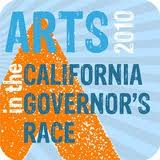 The organization, led by a
The organization, led by a 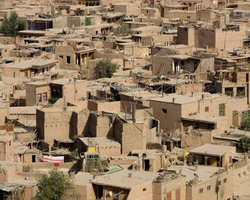
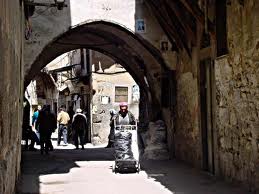 In a release about its sites list, made public this morning, the GHF “estimates that there is a potential $100 billion per year opportunity by 2025 for the developing world to help achieve their UN Millennium Development Goals (MDGs) to eradicate poverty if global heritage sites are protected and preserved.”
In a release about its sites list, made public this morning, the GHF “estimates that there is a potential $100 billion per year opportunity by 2025 for the developing world to help achieve their UN Millennium Development Goals (MDGs) to eradicate poverty if global heritage sites are protected and preserved.”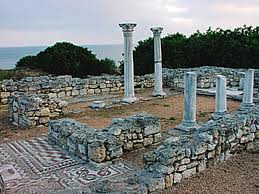 Kenya’s Lamu, East Africa’s oldest Swahili historic town
Kenya’s Lamu, East Africa’s oldest Swahili historic town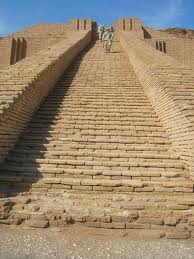 The GHF report accompanying the list — Saving Our Vanishing Heritage: Safeguarding our Cultural Heritage Sites in the Developing World — pinned the blame for these troubled sites on five activities of man: development pressures, unsustainable tourism, insufficient management, looting, and war and conflict.
The GHF report accompanying the list — Saving Our Vanishing Heritage: Safeguarding our Cultural Heritage Sites in the Developing World — pinned the blame for these troubled sites on five activities of man: development pressures, unsustainable tourism, insufficient management, looting, and war and conflict.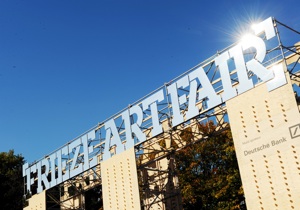 videos that transport people anywhere to London, where the Frieze Art Fair is in full swing. Since I can’t be there, I decided to take a look — and discovered that they’re worth viewing for anyone else who hasn’t traveled to London, too.
videos that transport people anywhere to London, where the Frieze Art Fair is in full swing. Since I can’t be there, I decided to take a look — and discovered that they’re worth viewing for anyone else who hasn’t traveled to London, too.